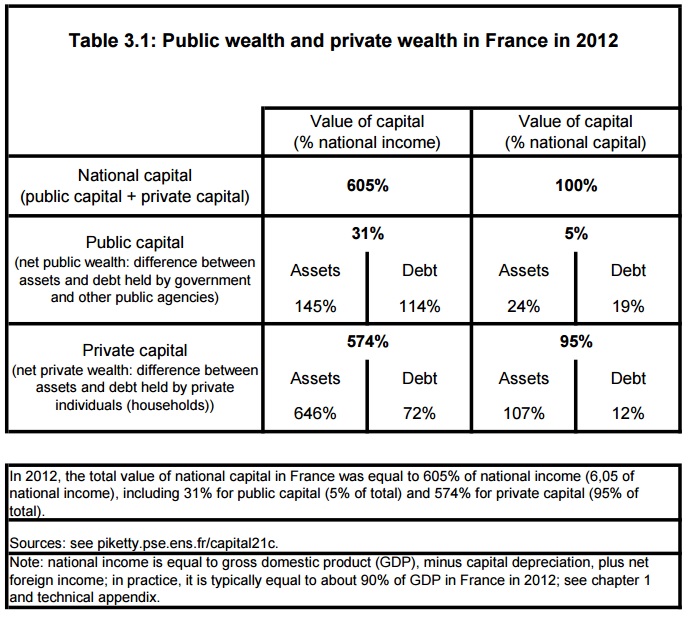 This being my first year as a full-time professor of economics at Berklee, one thing on the to-do list was to attend an economics conference. I’d attended conferences on other topics, such as a green campus conference this past summer, but this was my first “mainstream” economics conference ever! So with that in mind, here are this young chick’s thoughts:
This being my first year as a full-time professor of economics at Berklee, one thing on the to-do list was to attend an economics conference. I’d attended conferences on other topics, such as a green campus conference this past summer, but this was my first “mainstream” economics conference ever! So with that in mind, here are this young chick’s thoughts:
Overall, my impression of this conference wasn’t very good. I was struck by two things. One was that “economics” is an extremely broad topic, with enormous diversity on as many dimensions as you care to go. What happened, then, was that even within the breakout sessions the presenters talks were at most extremely tangentially related to each others, and certainly nobody really had the ability to critique each other’s work. Particularly when a presenter says essentially “I did years of work on this and here’ what I found.” This perhaps is the direct cause of my next observation.
There was practically nobody there!

The one photo I took of a breakout session room. You only can see some half the room, but this was pretty typical of what things looked like.
The break-out sessions were in rooms that could hold up to about 25. Every session I went to there would be four people presenting, a fifth person there as “moderator” and then between two and six people (usually 2 or 3), myself included, who were just there to listen. 0

The Saturday afternoon Plenary Session/ Sadly no wide-angle shots or shots looking back, but the ratio of chairs:people was pretty much the same throughout the room.
Even the much advertised keynote and plenary sessions, where we all came together, featured a large room with people in under 10% of the seats. My best estimate was 35-40 people in the audience in a room meant for 500.
 Anyway, all these people presenting to mostly empty rooms felt like an eposide of the Twilight Zone, and had me theorizing several things…
Anyway, all these people presenting to mostly empty rooms felt like an eposide of the Twilight Zone, and had me theorizing several things…




